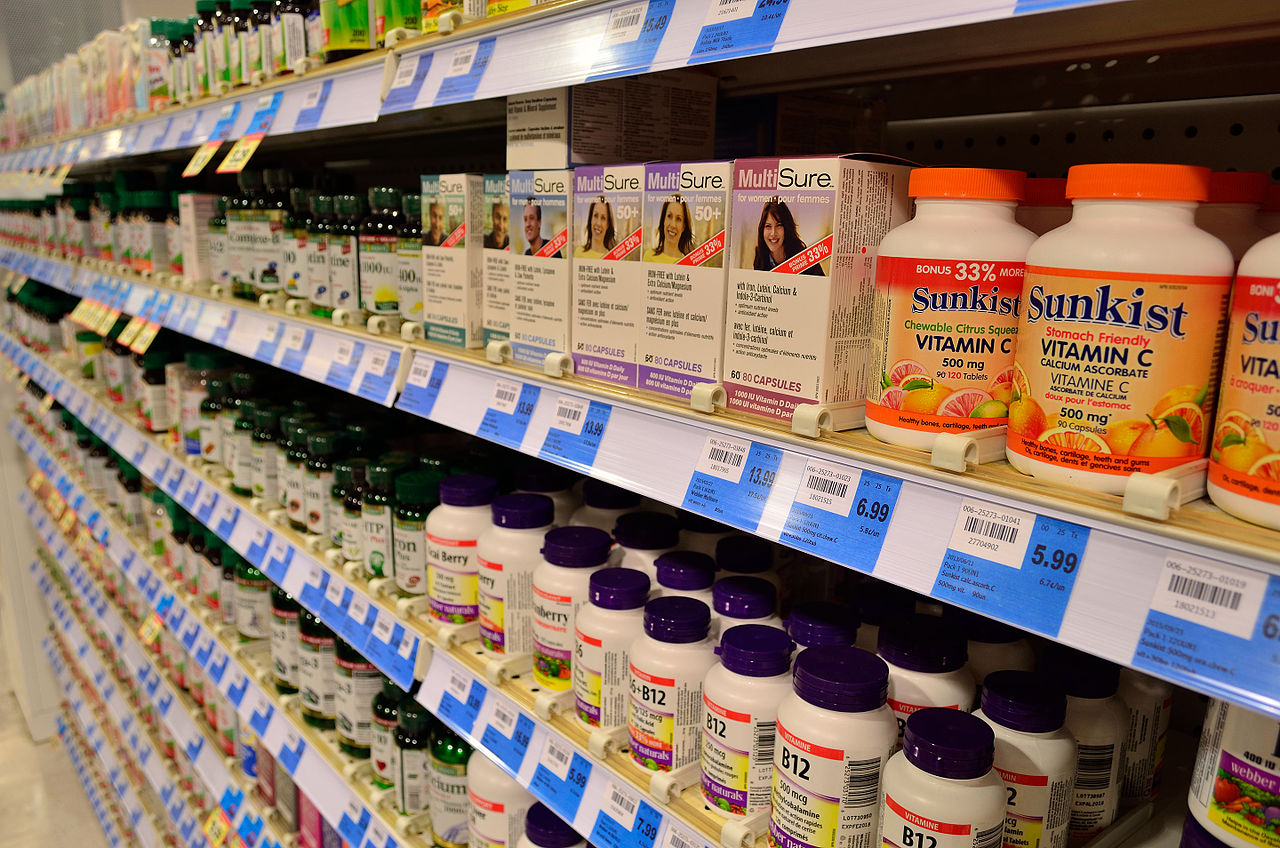Did you ever get the feeling the world is going to hell in a handbasket? Statistics show depression rates are rising globally. At least, more and more people are taking prescription antidepressants. Many of us walk around with constant low-grade grief over climate change, along with worry about what wildfires and species extinctions lie ahead.
Statistics are climbing on depression diagnoses, although not necessarily the kind of major depression that causes some people to consider hurting themselves or others. In Canada, in 2013, reports the Canadian Mental Health Association, an estimated three million Canadians (11.6 per cent) aged 18 years or older indicated that they had a mood and/or anxiety disorder, and more than a quarter said they were affected enough to interfere with basic activities. Nine in 10 of them (93 per cent) were taking antidepressants. Only one in five had received psychological counselling.
Antidepressant use has also increased dramatically in all the OECD (Organization for Economic Co-operation and Development) countries. Modern living is stressful, even in socially supportive countries. From 2012-2016, prescriptions increased by 46 per cent in Germany and 20 per cent in Spain and Portugal. In the U.S., one in eight people over 12 takes antidepressants.
Primary doctors usually hear their patients’ first cry for help. They are trained to reach for their prescription pads and prescribe antidepressants — just as they prescribe antibiotics for infections. Their expertise lies in knowing which pill in the drug catalogue is most likely to be effective and safe (with minimal side effects or interactions) for this particular patient.
Although antidepressants work well enough that millions of people continue to take them, some patients report really unpleasant side effects. Others say that pills wear off too quickly. Usually, finding the right medication takes time and tweaking.
Since the Columbine High School massacre, critics have linked antidepressants in teenagers to suicide and violent attacks — a concern doctors used to dismiss. Lately, however, researchers have begun to question the psychiatric effects of selective serotonin reuptake inhibitors (SSRIs) — a class of antidepressants that are believed to affect serotonin levels in the brain — especially in children and adolescents. Last year, the British Medical Journal (BMJ) conducted its own literature review of 70 studies on SSRIs (65,000-plus pages) and reached some disturbing conclusions.
“We showed for the first time that SSRIs in comparison with placebo increase aggression in children and adolescents, odds ratio 2.79…. This is an important finding considering the many school shootings where the killers were on SSRIs… It can no longer be doubted that antidepressants are dangerous and can cause suicide and homicide at any age.” This is shocking news, given how many people are taking these medications. Have scientists been on the wrong track all along?
Author and journalist Johann Hari disputes the “brain chemistry” approach. “It turns out,” he wrote, “that between 65 and 80 per cent of people on antidepressants are depressed again within a year.” And he finds that the evidence for serotonin’s involvement is “shaky.” Grieving people experience the same distressing deep sadness, without any apparent changes in brain chemistry.
Rather, Hari says, we are starving psychologically and emotionally. “We need to feel we belong. We need to feel valued. We need to feel we’re good at something. We need to feel we have a secure future. And there is growing evidence that our culture isn’t meeting those psychological needs for many — perhaps most — people.” For instance, only 13 per cent of workers in one survey said they were engaged with their work, that is, that they found it meaningful and enjoyable.
If depression is situational, we have a lot of work to do — as individuals, as nations and as a global society. Not surprisingly, the World Health Organization (WHO) reports that many Syrian refugees suffer from persistent sadness and loss of interest in life — depression. Again, WHO’s global estimates show that, in the Americas, more women than men suffer depression (six per cent to three per cent) and anxiety (eight per cent to four per cent). As a woman, I’ve certainly felt frustration about making my way through a world designed for men.
A CBS report from August 2017 says that twice as many women (16.5 per cent) as men (less than nine per cent) took antidepressants — and that antidepressant use had soared by 65 per cent from 1999 to 2014. From the report: “By 2014, about one in every eight Americans over the age of 12 reported recent antidepressant use.” Seems to me that when so many people report they’re very unhappy, that maybe it’s time to re-examine the social structure.
On the other hand, maybe the issue isn’t either entirely biological or entirely situational. Let’s consider that people who live on the street, like people fleeing war zones, are probably undernourished. They’re lucky to get a plate of starch every day, maybe some protein, never mind fresh fruits and vegetables. Even well-off suburban women are often dieting and stressed out from juggling too many tasks. Maybe well-rounded nutrition would make a difference to their perspectives and attitudes.
Indeed, a new breed of “biohackers” argues that micronutrients matter as much to our welfare as our daily meals do. More, because while food keeps our bodies alive, certain micronutrients can lift moods, improve cognition, increase focus, and lengthen our life expectancies. When the world is going to hell is precisely when we need our wits about us. In part two, we’ll look at some micronutrients in drugstore supplements that medical journals say work as well as the antidepressants available by prescription.
Image: Raysonho @ Open Grid Scheduler / Grid Engine – Own work, CC0
Like this article? rabble is reader-supported journalism.




